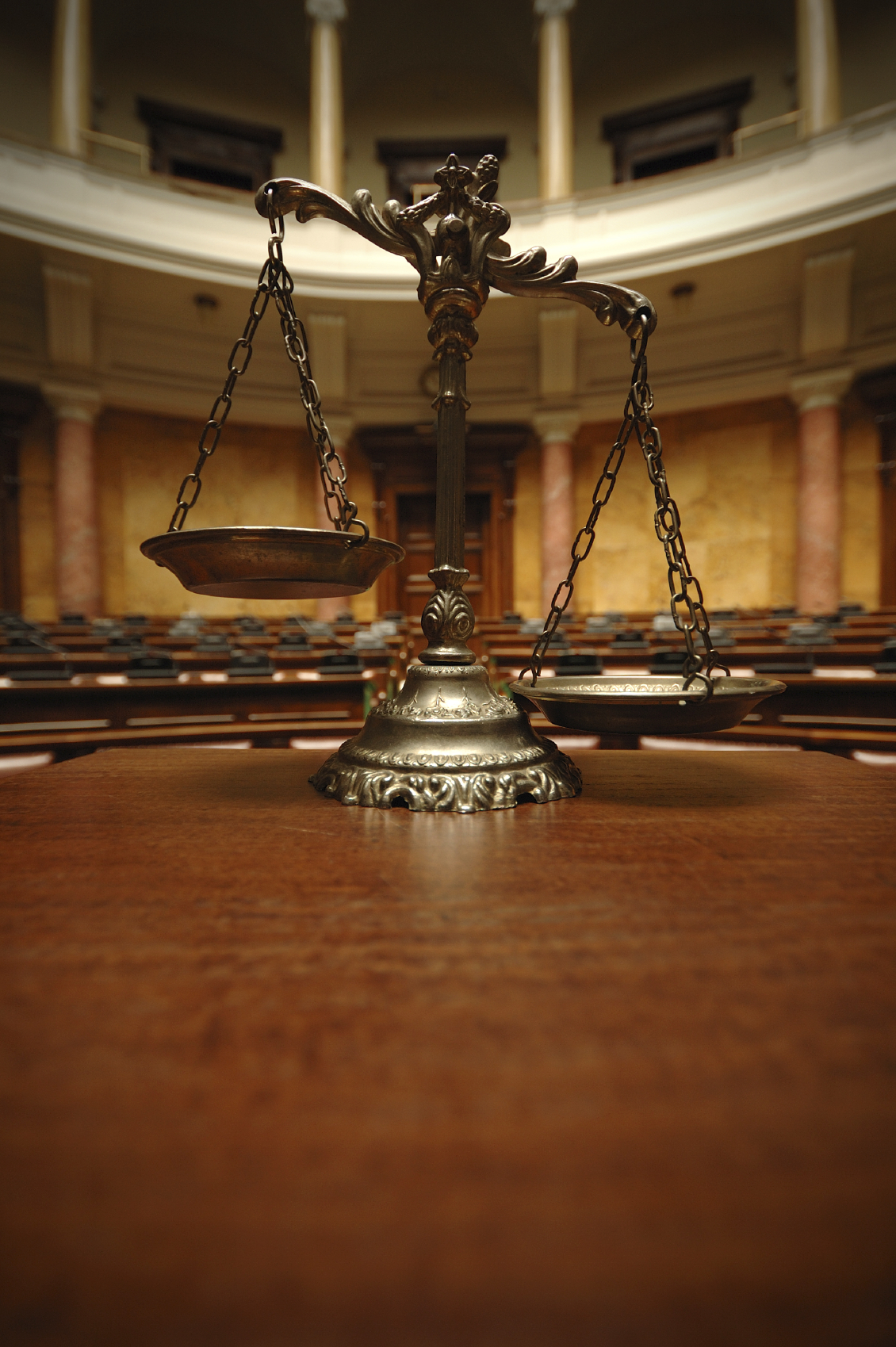Cloaked in the guise of making the world a better place, the cryptocurrency project is really another attempt to go big or go home.
Go to Source
Author: Noam Cohen

Tulsa Family Lawyer and Mediator
Go to Source
Author: Noam Cohen
Go to Source
Author: Collier Meyerson
Go to Source
Author: Noam Cohen
Go to Source
Author: Antonio García Martínez
Go to Source
Author: Gretchen McCulloch
Go to Source
Author: Nitasha Tiku
Go to Source
Author: Alex Davies
Go to Source
Author: Gregory Barber
Go to Source
Author: Alex Baker-Whitcomb
Go to Source
Author: Laura Mallonee